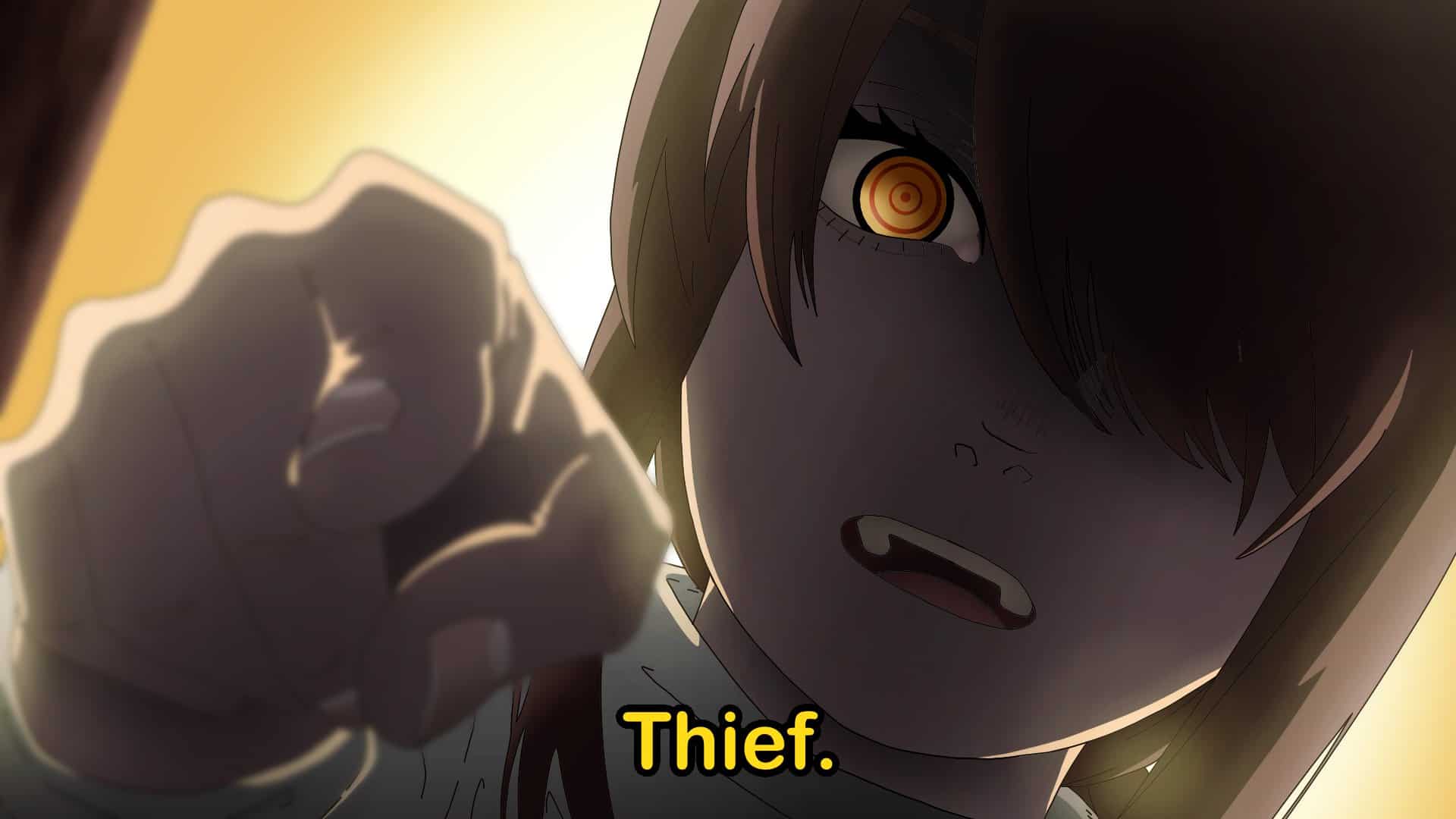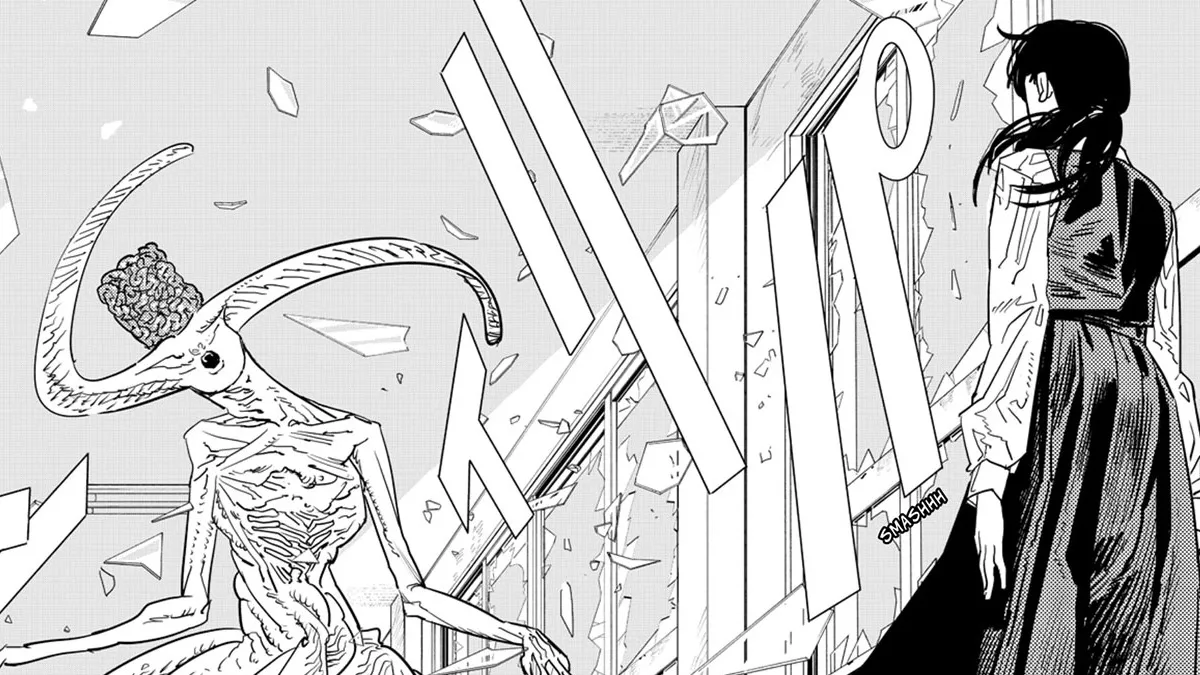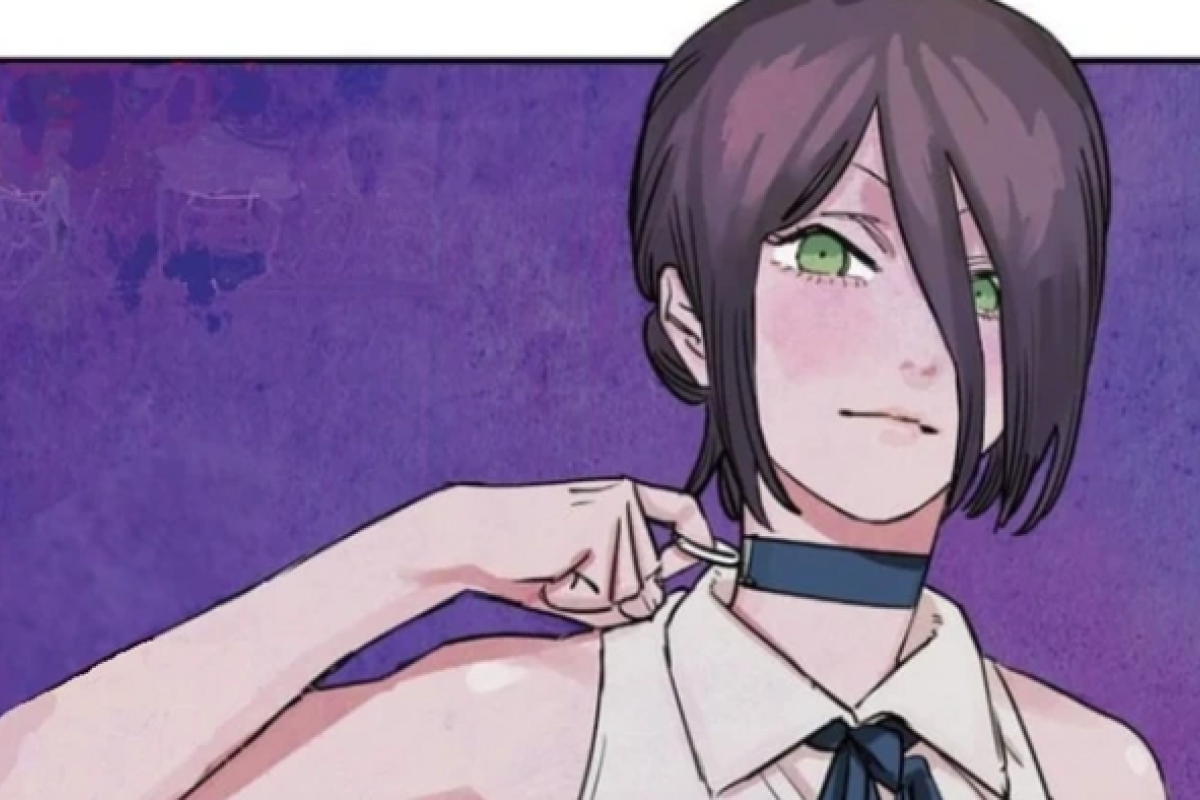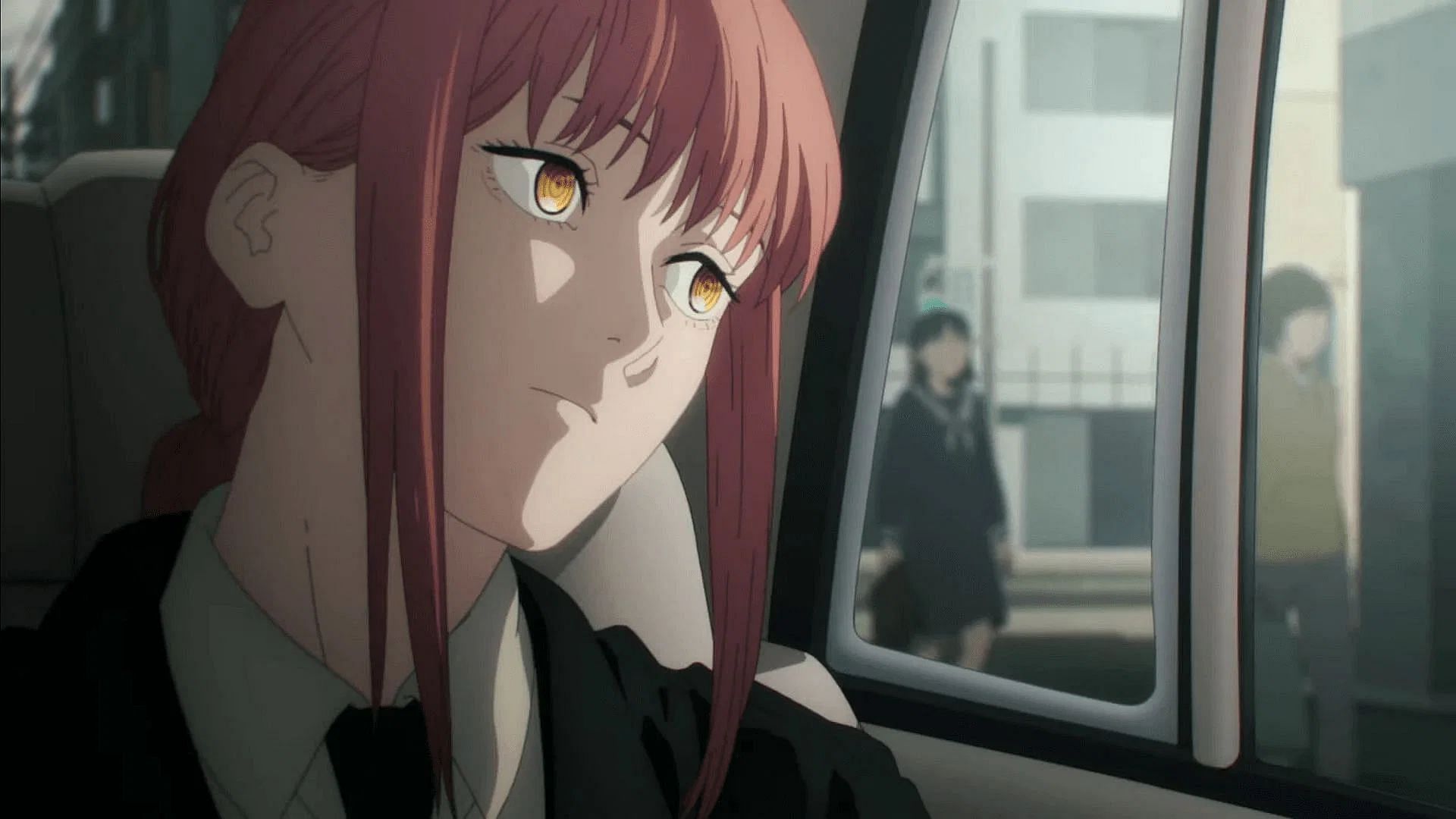Chainsaw Man Chapter 120 marks a captivating turning point in the narrative, offering a multifaceted exploration of character development, plot structure, themes, and visual artistry.
Delving into the intricacies of this chapter, we embark on a journey that promises to illuminate the motivations, conflicts, and growth of the main characters, while shedding light on the profound themes that drive the story forward.
Character Development

Chapter 120 of Chainsaw Man showcases significant character development for its main protagonists. Denji, the protagonist, grapples with the aftermath of his confrontation with Makima, leading to a deeper understanding of his own motivations and desires.
Denji’s Growth
- Denji’s motivations have shifted from a desire for a “normal life” to a more nuanced understanding of his role as the Chainsaw Man.
- He grapples with the moral implications of his actions, questioning whether he is a hero or a monster.
- Denji’s relationships with Power and Aki shape his growth, as he learns to trust and rely on others.
Introduction of New Characters
The chapter introduces new characters who play significant roles in the plot:
- Asa Mitaka: A high school student who becomes the target of a devil’s curse.
- Yoru: A mysterious devil who possesses Asa and seeks to use her for her own purposes.
Key Relationships
The relationships between characters drive the narrative:
- Denji and Power: Their sibling-like bond provides emotional support and stability for both characters.
- Denji and Aki: Their friendship is tested by Aki’s deteriorating health and the dangers they face.
- Asa and Yoru: Their parasitic relationship creates tension and conflict as Asa struggles to regain control of her body.
Plot Structure and Pacing

Chapter 120 of Chainsaw Man unfolds with a meticulously crafted structure and pacing, propelling the narrative forward with calculated precision. The chapter’s events unfold in a series of interconnected scenes, each serving a specific purpose in advancing the plot and developing the characters.
The chapter opens with a brief but impactful scene that sets the stage for the ensuing chaos. This scene establishes the presence of a mysterious new threat, foreshadowing the challenges that lie ahead for the protagonists. The transition to the next scene is smooth and seamless, drawing the reader into the escalating conflict.
Transitions and Foreshadowing, Chainsaw man chapter 120
Throughout the chapter, transitions between scenes are handled with skill and fluidity, maintaining a consistent flow of action and emotion. The use of foreshadowing is particularly effective, hinting at future events without giving away crucial details. This technique keeps the reader engaged and invested in the story’s progression.
Impact on Narrative Arc
The events of chapter 120 have a profound impact on the overall narrative arc of Chainsaw Man. They introduce new challenges for the protagonists, forcing them to confront their own strengths and weaknesses. The chapter also sets the stage for future confrontations and alliances, hinting at the complex and unpredictable path that lies ahead.
Deviations from Established Structure
While chapter 120 generally adheres to the established plot structure of Chainsaw Man, it does introduce a few notable deviations. These deviations serve to keep the story fresh and unpredictable, preventing it from becoming formulaic.
- The chapter’s focus on character development and introspection is more pronounced than in previous chapters.
- The introduction of a new and enigmatic antagonist adds an element of mystery and suspense to the narrative.
These deviations demonstrate the author’s willingness to experiment with the established structure, ensuring that the story remains engaging and unpredictable.
Themes and Symbolism
Chapter 120 of Chainsaw Man delves into profound themes that resonate throughout the manga’s narrative. The chapter explores the complexities of power, the sacrifices it demands, and the fundamental nature of humanity.
Power and Sacrifice
The chapter’s central conflict revolves around the pursuit of power and the sacrifices it entails. Makima’s relentless pursuit of control over Chainsaw Man symbolizes the intoxicating allure of power and its potential to corrupt. Her manipulation of Denji highlights the insidious ways power can erode morality and compassion.
In contrast, Denji’s decision to sacrifice his humanity for the sake of others showcases the transformative nature of sacrifice. His willingness to give up his own identity reflects the profound power of love and empathy in the face of overwhelming adversity.
The Nature of Humanity
Chapter 120 also explores the multifaceted nature of humanity. Makima’s manipulation of human fears and desires exposes the vulnerabilities and weaknesses that make us susceptible to manipulation. Her portrayal as a devil who feeds on human weakness underscores the darker aspects of human nature.
On the other hand, Denji’s unwavering determination and compassion embody the resilience and kindness that define humanity at its best. His ability to find hope and connection even in the most desperate of circumstances serves as a testament to the enduring spirit of humanity.
Visual Elements and Artwork

Chapter 120 of Chainsaw Man is a visual masterpiece, with stunning artwork that enhances the storytelling and emotional impact of the narrative. The use of paneling, composition, and character design is meticulously crafted to create a visually captivating and immersive experience for readers.
Paneling
The paneling in chapter 120 is dynamic and varied, creating a sense of rhythm and pacing that complements the action and dialogue. Full-page spreads are used to emphasize key moments, such as the appearance of the new Devil, while smaller panels are employed to convey fast-paced action sequences and intimate character interactions.
Composition
The composition of each panel is carefully considered to guide the reader’s eye and convey the intended emotions. Diagonal lines create a sense of movement and tension, while symmetrical compositions provide stability and balance. Negative space is utilized effectively to create a sense of emptiness and isolation, reflecting the emotional state of the characters.
Character Design
The character designs in chapter 120 are distinctive and memorable. Each character has unique physical features and clothing that reflect their personality and abilities. The Devil’s design is particularly striking, with its grotesque appearance and menacing presence. The use of exaggerated proportions and sharp angles creates a sense of otherworldliness and fear.
Color, Lighting, and Other Visual Elements
Color plays a significant role in chapter 120. Bright colors, such as red and blue, are used to highlight important elements and create a sense of urgency. Lighting is also used effectively to create dramatic effects and convey the mood of the scene. Shadows and darkness are used to create a sense of mystery and foreboding, while bright light is used to emphasize hope and redemption.
Conclusive Thoughts
In conclusion, Chainsaw Man Chapter 120 stands as a testament to the manga’s exceptional storytelling prowess, leaving readers eagerly anticipating the unraveling of future events.
Common Queries: Chainsaw Man Chapter 120
What is the significance of the new characters introduced in Chapter 120?
The introduction of new characters adds complexity to the plot, presenting fresh perspectives and potential conflicts that drive the narrative forward.
How does the artwork in Chapter 120 contribute to the emotional impact of the story?
The skillful use of paneling, composition, and character design enhances the emotional resonance of the chapter, immersing readers in the characters’ experiences and intensifying the impact of key moments.

